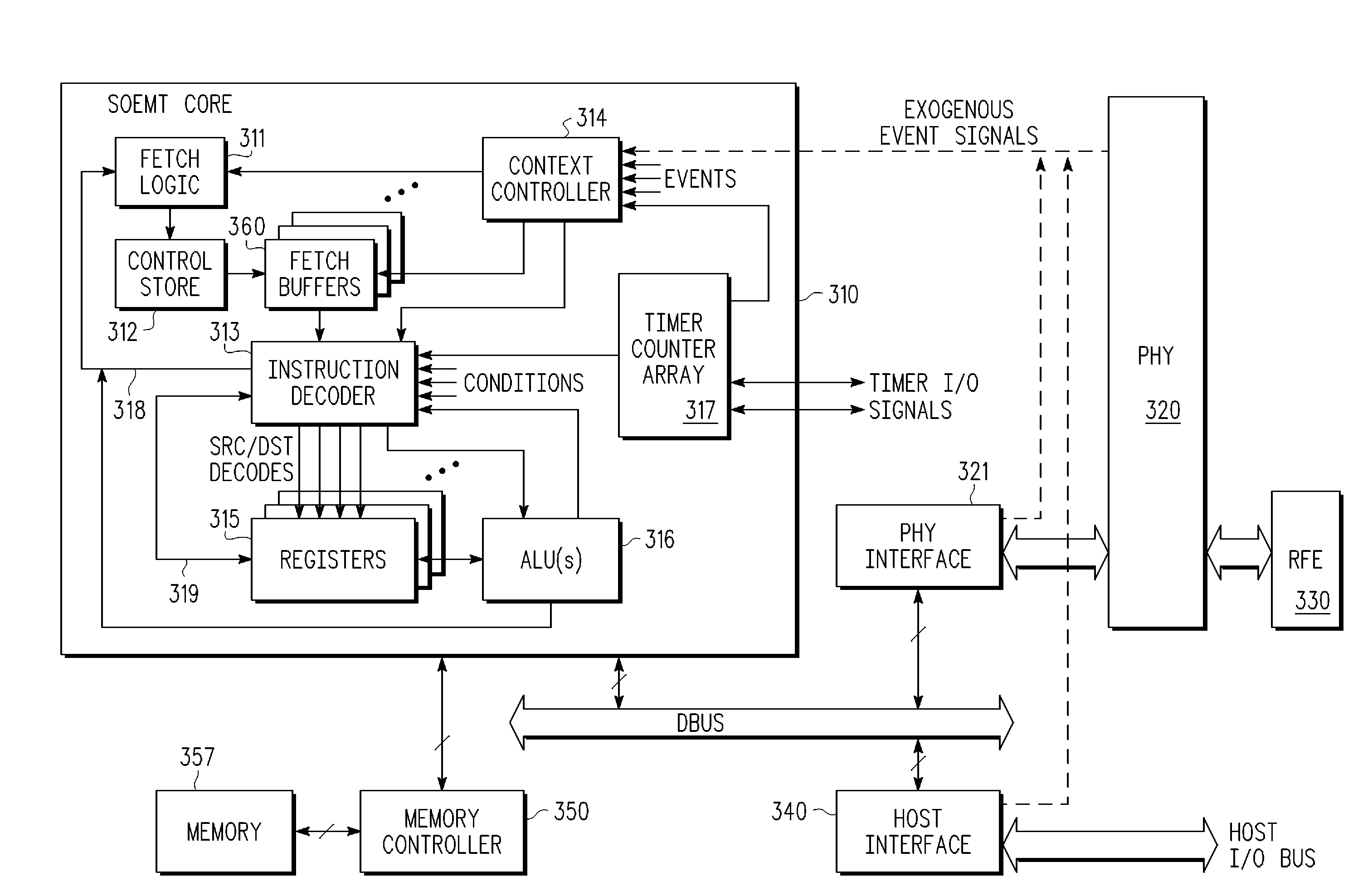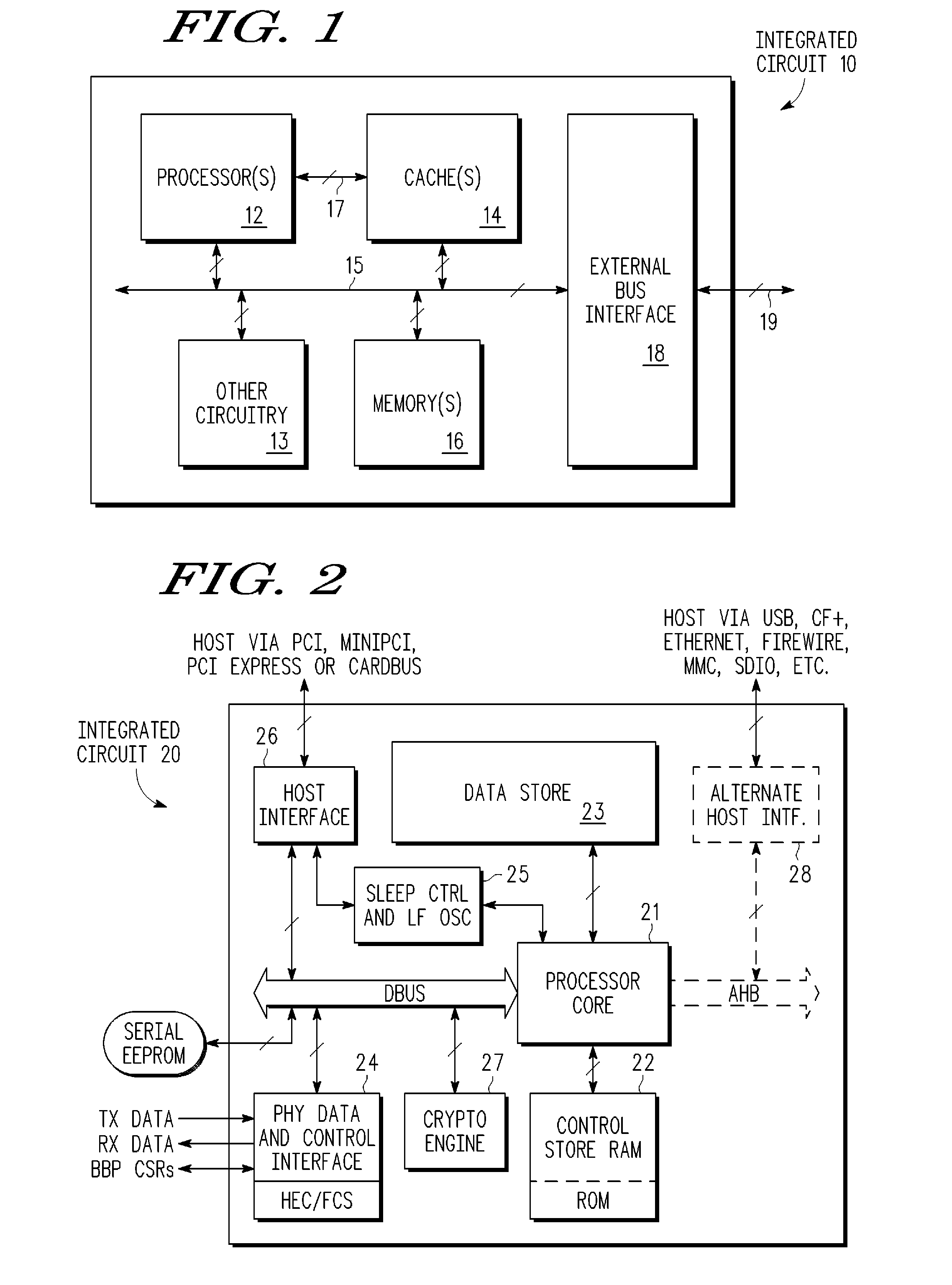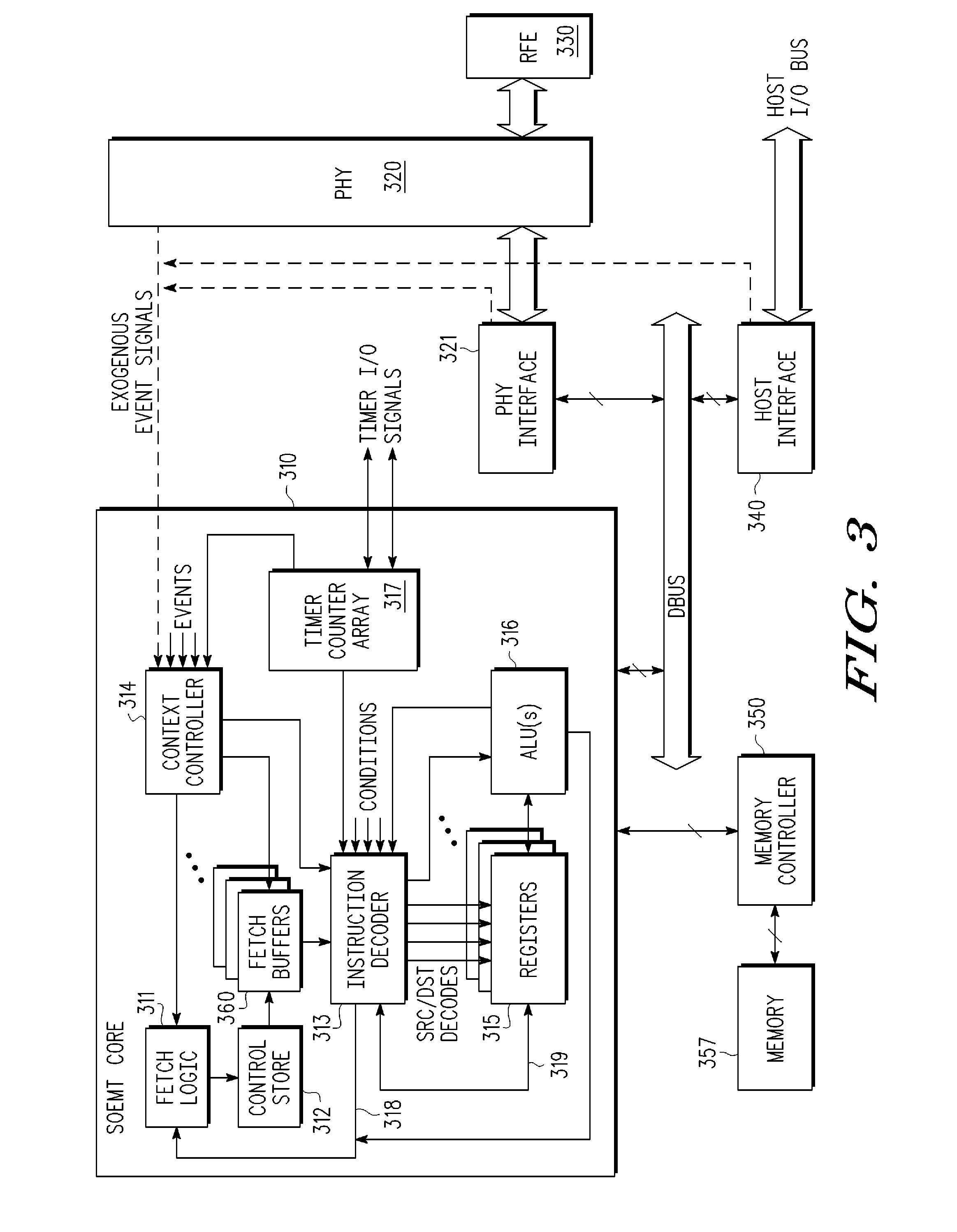Instruction method for facilitating efficient coding and instruction fetch of loop construct
a loop construct and instruction fetch technology, applied in the field of data processing systems, can solve the problems of loop entry being often unknown (and indeed unrecognizable), loop incurring non-sequential instruction fetch overhead, and mechanisms may not always be attractiv
- Summary
- Abstract
- Description
- Claims
- Application Information
AI Technical Summary
Problems solved by technology
Method used
Image
Examples
Embodiment Construction
[0013]Instruction set techniques have been developed to explicitly identify the beginning of a loop body and to code a conditional loop-end in ways that allow a processor implementation to manage efficiently an instruction fetch buffer and / or entries in an instruction cache. In particular, for some computations and processor implementations, a machine instruction is defined that identifies a loop start, stores a corresponding loop start address on a return stack (or in other suitable storage) and directs fetch logic to take advantage of the identification by retaining in a fetch buffer or instruction cache the instruction(s) beginning at the loop start address, thereby avoiding usual branch delays on subsequent iterations of the loop. A conditional loop-end instruction can be used in conjunction with the loop start instruction to discard (or simply mark as no longer needed) the loop start address and the loop body instructions retained in the fetch buffer or instruction cache.
[0014]...
PUM
 Login to View More
Login to View More Abstract
Description
Claims
Application Information
 Login to View More
Login to View More - R&D
- Intellectual Property
- Life Sciences
- Materials
- Tech Scout
- Unparalleled Data Quality
- Higher Quality Content
- 60% Fewer Hallucinations
Browse by: Latest US Patents, China's latest patents, Technical Efficacy Thesaurus, Application Domain, Technology Topic, Popular Technical Reports.
© 2025 PatSnap. All rights reserved.Legal|Privacy policy|Modern Slavery Act Transparency Statement|Sitemap|About US| Contact US: help@patsnap.com



